The Sunshine State is turning into a survival zone.

Florida’s wild landscape is being eaten alive, literally. A wave of invasive species, led by the infamous Burmese python, is rewriting the state’s ecosystem in real time. From backyard canals to the heart of the Everglades, predators and pests not native to North America are spreading faster than experts can stop them. Each one seems to open a new ecological front, from snakes swallowing deer to lizards overrunning neighborhoods. The balance of Florida’s wilderness isn’t tipping, it’s collapsing, and scientists are scrambling to understand how deep the damage already runs.
1. Burmese pythons have become unstoppable apex predators.
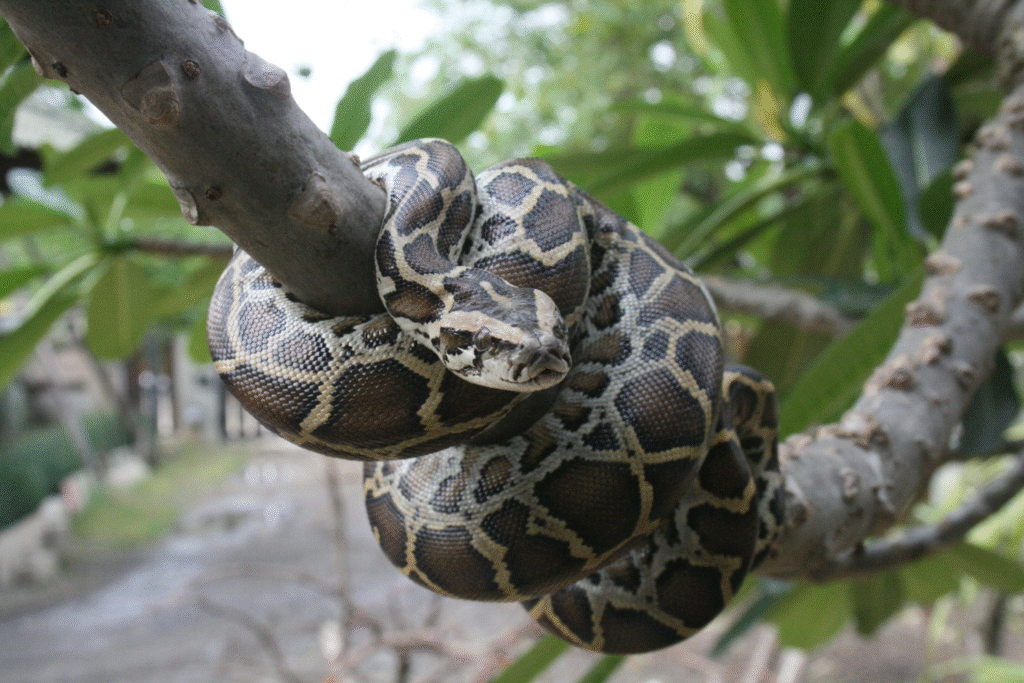
They’re now breeding across the Everglades, devouring nearly every mammal they encounter. According to the U.S. Geological Survey, populations of raccoons, opossums, and rabbits have declined by over 90 percent in areas where pythons dominate. These snakes, imported decades ago through the pet trade, have thrived in Florida’s warm wetlands.
They don’t just hunt—they erase. Females can lay up to 100 eggs a year, and with few natural predators, their expansion feels endless. Every removal program slows them down only briefly, while new hatchlings quietly fill the gap left behind. The cycle just keeps repeating.
2. Giant African snails are creeping across suburban lawns.
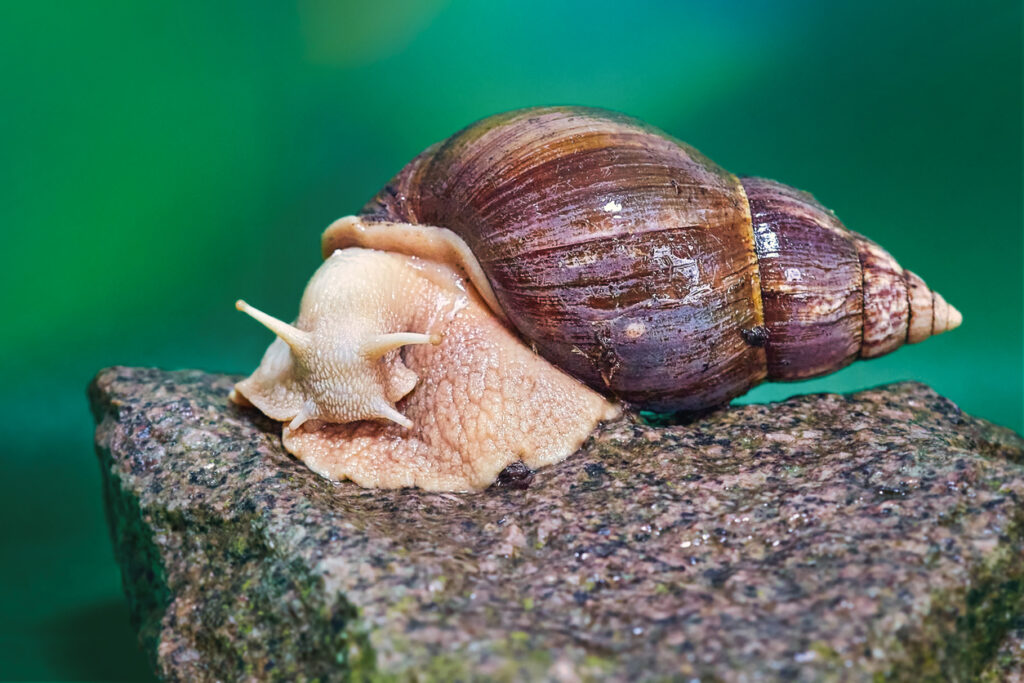
The invaders carry rat lungworm, a parasite that can infect humans, as reported by the Florida Department of Agriculture and Consumer Services. They chew through stucco, car paint, and over 500 plant species. It’s the kind of slow-moving threat that sounds manageable—until your garden disappears overnight.
Entire neighborhoods in South Florida have been quarantined while officials hunt for them. The snails hide underground for months, making eradication maddeningly difficult. Even when experts think they’ve wiped them out, a new cluster pops up after heavy rain, proving that persistence is their strongest weapon.
3. Green iguanas are turning coastal cities into nesting grounds.

Once seen as exotic pets, these reptiles now dominate seawalls, golf courses, and rooftops. As discovered by the University of Florida’s Institute of Food and Agricultural Sciences, they’re undermining infrastructure with burrows that cause seawalls and sidewalks to collapse. They’re not just a nuisance—they’re a structural problem.
Locals have learned that chasing them off doesn’t work. Each female can lay up to 70 eggs, and hatchlings thrive in the state’s mild winters. They’ve adapted so seamlessly that some residents joke about them being “Florida squirrels,” though there’s nothing harmless about the damage they cause.
4. Lionfish are devouring Florida’s reef ecosystems.

In the waters off the coast, lionfish glide through coral reefs like underwater assassins. Native to the Indo-Pacific, they consume juvenile fish and shrimp vital to reef recovery. A single lionfish can eat up to 20 smaller fish in half an hour. Divers now organize “lionfish derbies” just to control their numbers.
Marine biologists warn that their venomous spines make them nearly predator-proof. Without intervention, they could hollow out fish populations essential for commercial and recreational fishing, leaving reefs eerily empty and unbalanced.
5. Cane toads are poisoning pets and native predators.

Originally introduced to control crop pests, these large toads now roam far beyond their intended range. Their milky toxin can kill cats, dogs, and native wildlife that mistake them for harmless amphibians. Each rainy season brings a new generation of them hopping across Florida lawns.
People in affected areas have learned to recognize the sound of their distinct calls—a warning that the yard is no longer safe for curious pets. It’s a surreal reminder of how human decisions made decades ago can echo through every corner of an ecosystem.
6. Invasive lizards are outcompeting native reptiles.
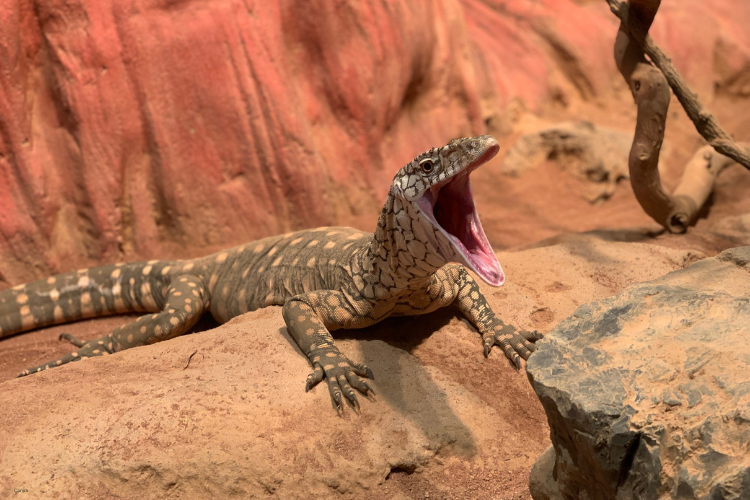
Species like the Argentine black-and-white tegu and Nile monitor lizard have carved out territory across the state. Tegus raid alligator nests, eating eggs that once would have hatched into the swamp’s apex predators. Nile monitors, meanwhile, threaten endangered species like burrowing owls.
They grow large enough to intimidate pets and even small livestock. Because they tolerate cold better than other reptiles, experts worry their range could spread north. For now, Florida is the battleground, but neighboring states are quietly bracing for what’s coming.
7. Invasive fish are overtaking freshwater systems.
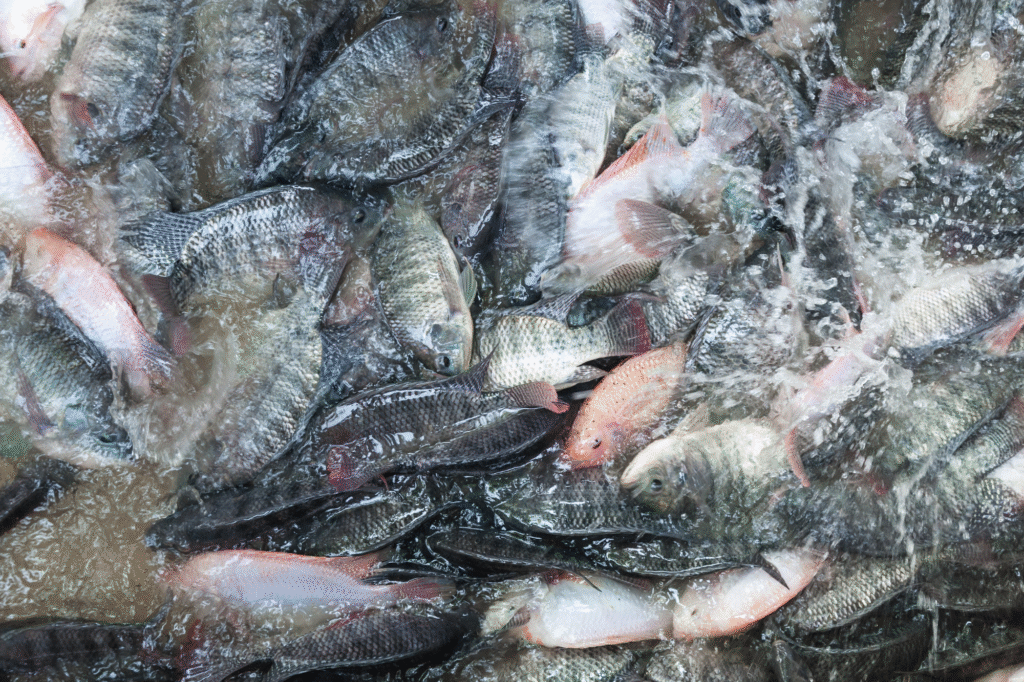
Non-native fish like tilapia and armored catfish have flooded rivers and canals, altering nutrient balances and pushing native species to the brink. These invaders stir up sediment, choking oxygen from the water. Anglers are encouraged to catch and remove them, but the numbers are overwhelming.
What’s worse is their resilience. They breed quickly, survive poor water conditions, and thrive in canals where other fish die. The state’s waterways are turning into open-air aquariums of unwanted species, each disrupting the food web in subtle but destructive ways.
8. Parrots and parakeets have claimed Florida’s power lines.
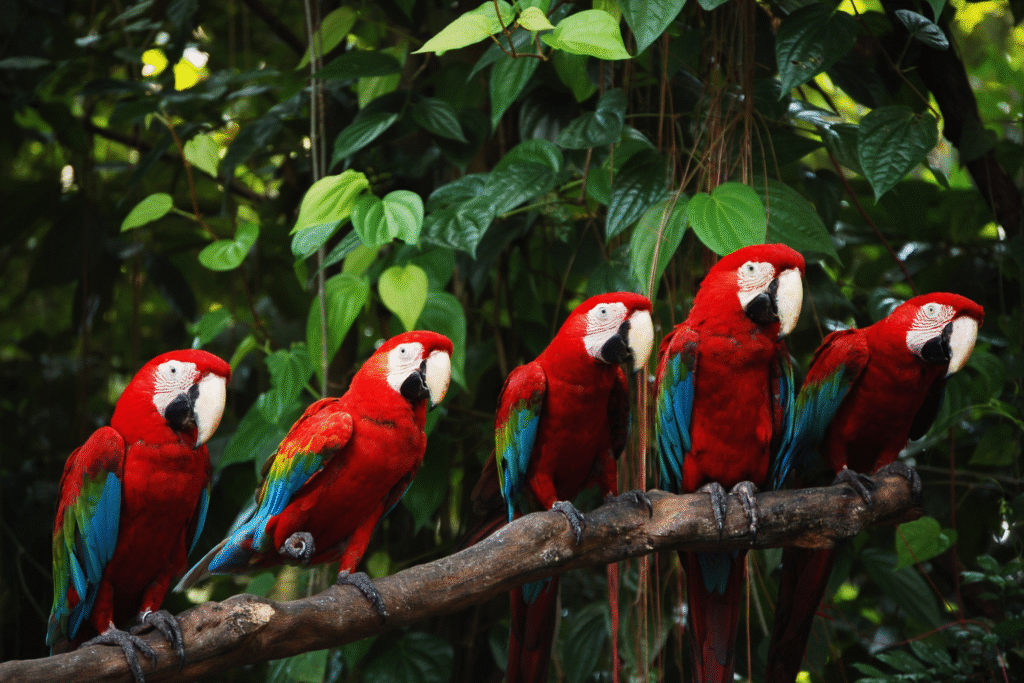
It sounds charming—bright green birds perched in the sun—but the reality is far less so. Their communal nests can weigh hundreds of pounds, sparking electrical fires and power outages. These birds have adapted perfectly to city life, especially in Miami and St. Petersburg, where flocks now number in the thousands.
The chatter of monk parakeets may sound tropical, but it masks a growing infrastructure hazard. Wildlife crews remove nests constantly, only to find them rebuilt within days, a neon-green reminder that Florida’s invaders don’t quit easily.
9. Feral hogs are tearing through farmland and wetlands.

They root up crops, eat ground-nesting bird eggs, and damage soil ecosystems beyond repair. Descendants of domestic pigs gone wild, they’ve become one of the most destructive mammals in the South. Farmers spend millions annually trying to fence them out or trap them.
In the Everglades, their rooting opens new paths for erosion and invasive plants. Every acre they disturb gives non-native weeds a foothold, setting off another round of ecological collapse. It’s a chain reaction that keeps repeating with brutal efficiency.
10. Air potato vines are smothering native forests.
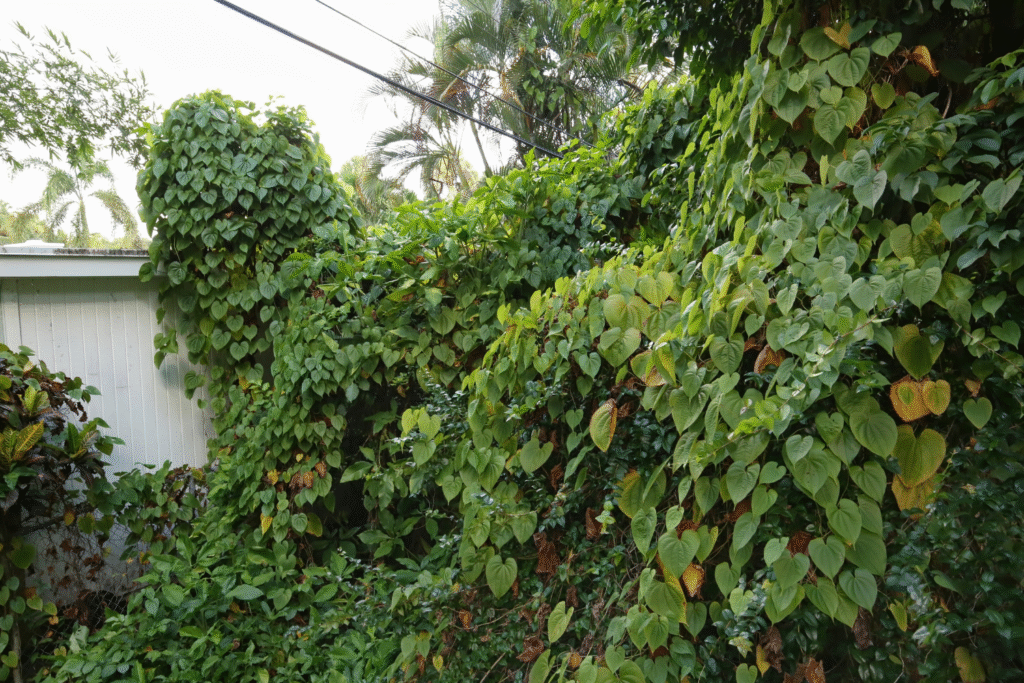
These fast-growing plants can climb 60 feet in a season, blanketing trees and choking off sunlight. The vines spread through aerial tubers—potato-like growths that drop to the ground and sprout new plants. Once established, they’re nearly impossible to remove without chemicals or controlled burns.
Even biological control, like introducing beetles that eat the vines, only slows the spread. The fight feels endless, with forests turning into walls of green that suffocate everything beneath.
11. Argentine ants are waging war on native insects.
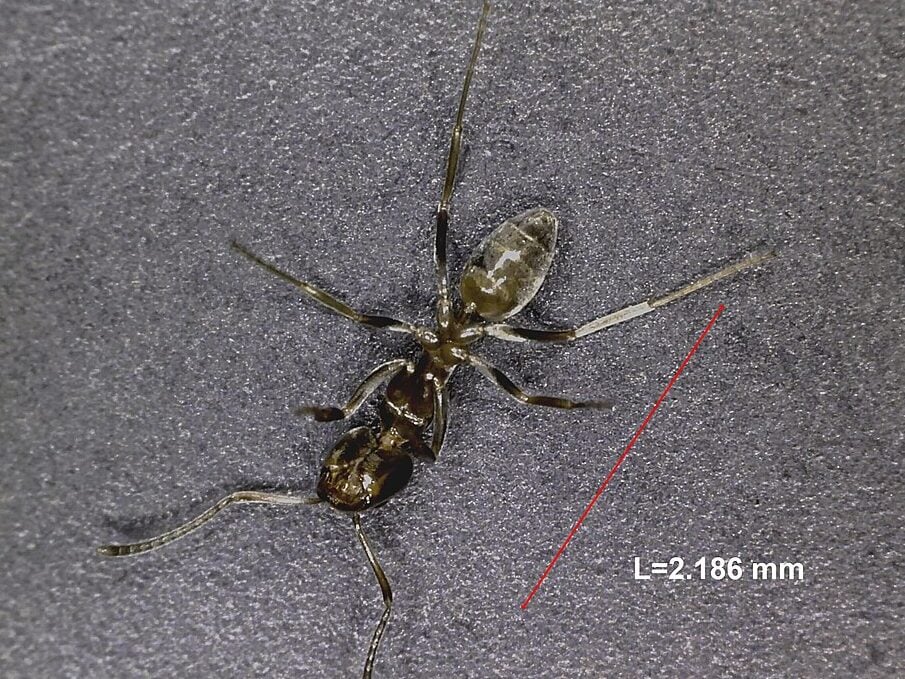
Tiny but relentless, these ants build supercolonies stretching across city blocks. They outnumber native species and disrupt pollination by driving off beneficial insects. In some areas, entire ecosystems now tilt in their favor, reducing biodiversity in ways that aren’t always visible right away.
Researchers describe their spread as a slow-motion invasion. By the time they’re noticed, the damage is already done. The ants’ success isn’t brute strength—it’s teamwork, an evolutionary strategy that allows millions to function as one organism.
12. Florida’s fight against invaders may never truly end.
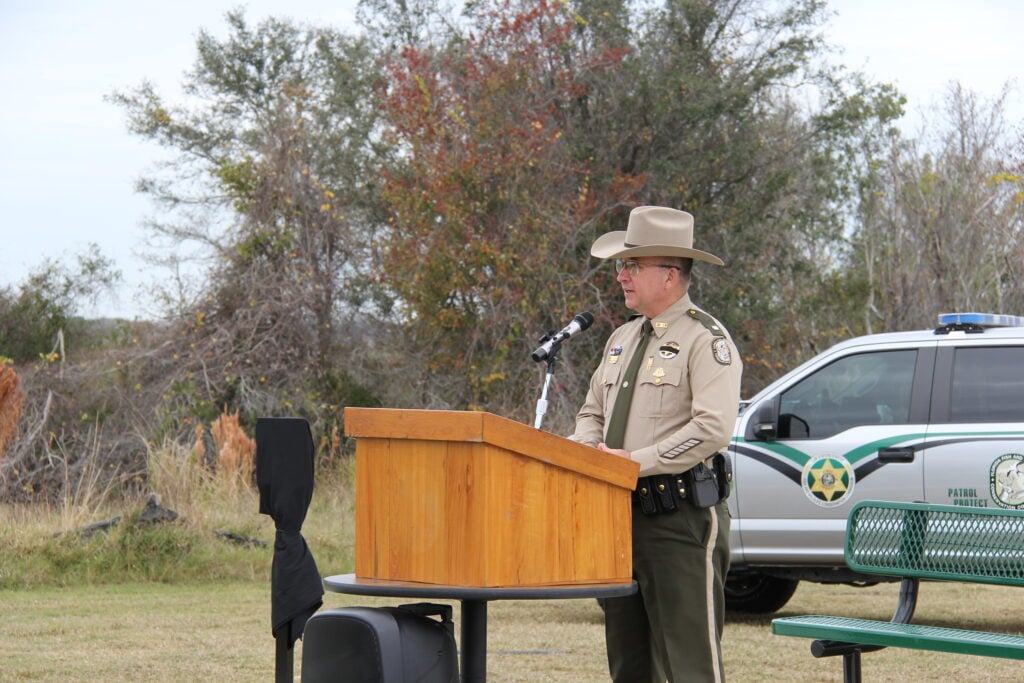
Wildlife officers trap snakes, burn vines, and quarantine snails, but the influx never stops. Every year brings a new species that takes advantage of Florida’s open borders and endless warmth. It’s a race without a finish line, fought in backyards, canals, and forests alike.
What’s unfolding isn’t just a local crisis—it’s a preview of what climate change and global trade can unleash anywhere. Florida, for better or worse, is the testing ground for how humans coexist with the wild things we can no longer control.
